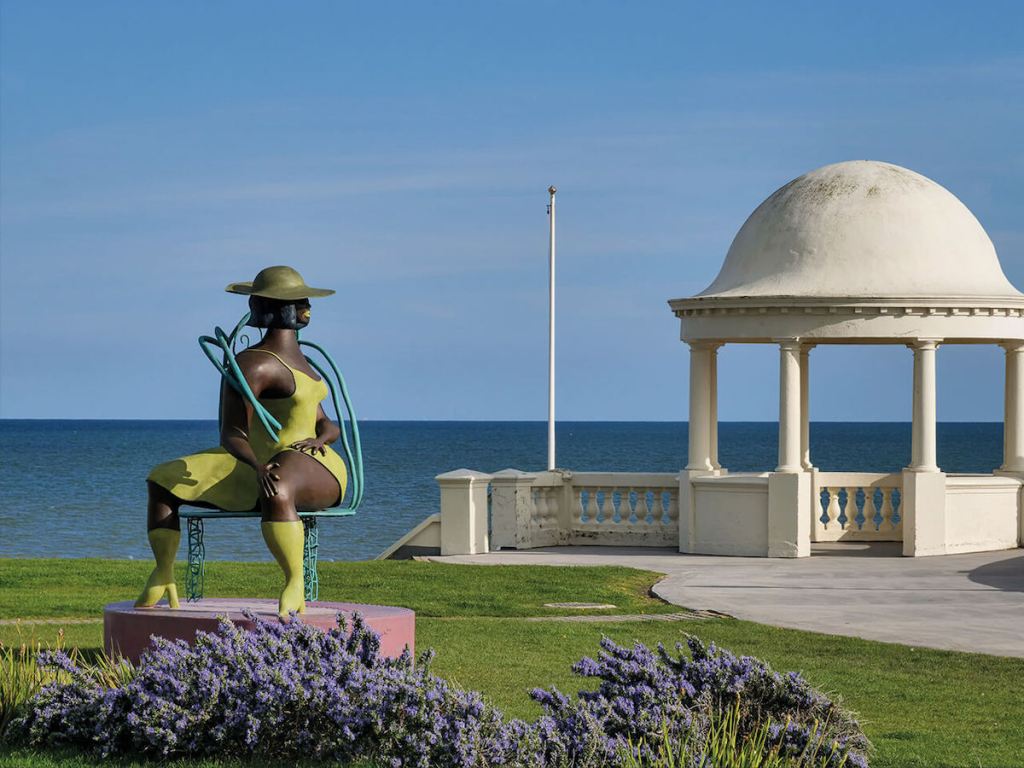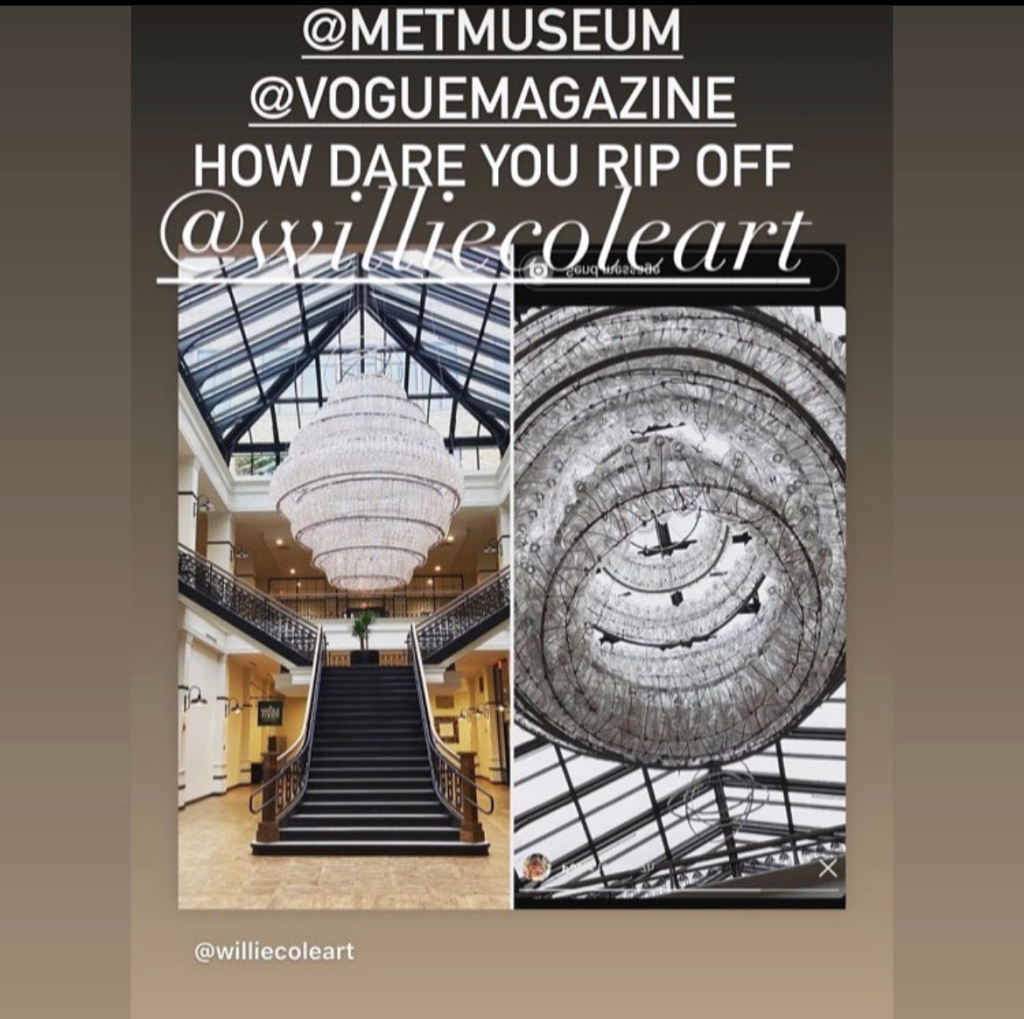Archaeologists Uncover 3,000-Year-Old Sealed Corridor in Peruvian Temple Complex
Archaeologists working in Peru recently uncovered a large ceramic piece inside a 3,000-year-old sealed corridor in what used to be a massive temple complex.
The corridor has been dubbed “the condor’s passageway” after the discovery of a large ceramic piece, weighing approximately 37 pounds, decorated with what appears to be a condor’s head and wings was been found in the passageway. A ceramic bowl was also unearthed in the corridor last May when the entrance to the corridor was uncovered by archaeologists at the Chavin de Huantar archaeological site.
“What we have here has been frozen in time,” lead archeologist and Stanford anthropology professor John Rick told Reuters Wednesday.
In ancient Andean cultures across South America, the condor has an important role in folklore and mythology due to its association with the sun deity and belief it was the ruler of the upper world, making it a symbol of power and health, according to the American Bird Conservancy.
The Chavin de Huantar archaeological site was an important location for ancient Chavin culture, which thrived around 1,500-550 BC. The culture developed advanced art featuring felines and birds, as well as the development of sedentary farming communities which preceded the Incan Empire’s rise to power by more than 2,000 years.
The temple complex features terraces as well as a network of passageways, which have only recently been discovered.
Rick, who is directing major research project at Chavín de Huántar aimed at exploring the foundations of authority in the central Andes, also told Reuters that much of the temple complex has yet to be excavated.
The professor’s team first explored the entrance to the “condor’s passageway” using cameras mounted on robots. This method was used to navigate the debris that had previously filled the corridor due to a flood in 1945, as well as reduce the risk of further damage or collapse of the ancient structure.
Chavín de Huántar was declared a UNESCO world heritage site in 1985 for its striking appearance, “complex of terraces and squares, surrounded by structures of dressed stone, and the mainly zoomorphic ornamentation”.



